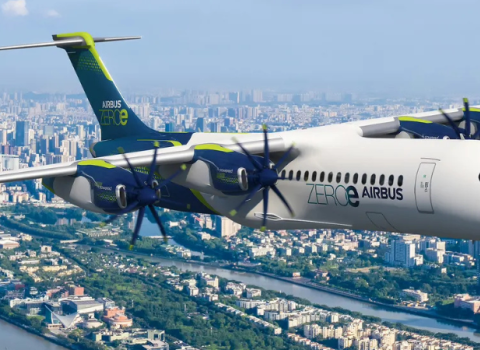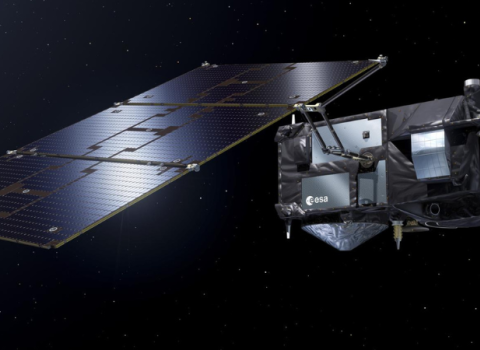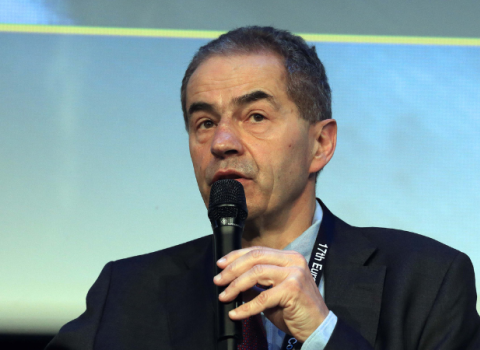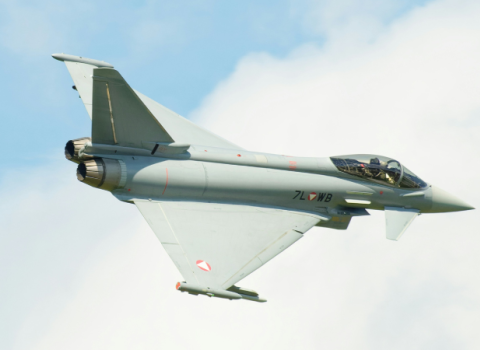Aerospace industry has been impacted like any other sector by the COVID-19. Aerospace engineering means that aerospace organisations are designing, manufacturing, operating, and maintaining aircraft and spacecrafts.
Air transportation is being increasingly monitored with the focus in creating resource-efficient transport that respects the environment.
The aerospace industry is aiming for a cleaner means of transport. One way to achieve this goal is making transportation lighter, thus directly improving fuel efficiency, and reducing environmental impact. A further aim, of the industry, is to reduce maintenance time in order to cut down operating costs, which can be a benefit for both passenger and freight services.
Ultrasound based nondestructive evaluation techniques (NDE), energy harvesting and wireless sensor networks are being increasingly effective in monitoring damage in aerospace. These components include critical elements such as air frame, engines, landing gears and control surfaces. However, there is an urgent need to integrate these approaches and techniques at the inception of an aircraft.
To integrate these approaches and meet future challenges, the COST Action: Optimizing Design for Inspection (ODIN) launched in 2019, has set a network of top European experts across several key areas to develop an integrated framework for optimized self-sensing structures capable of diagnosis and prognosis.
In this context, the Action has effectively established an interdisciplinary network of mechanical and electrical engineering, computer science, mathematics, materials science from 29 countries.
They aim at connecting researchers from academia including early career investigators and the industry who share the vision of delivering safer and greener aerospace travel.
“The ODIN COST Network has allowed me to realize my ambition of creating a truly interdisciplinary network of researchers across Europe and the globe who are aiming to tackle one of the major problems in engineering. The power of networking, is already delivering great benefits through publications, grant applications and shared facilities that would not have been realized without the support of the EU COST network.” Says the COST Action Chair, Dr. Rhys Pullin.
One way to overcome some of the issues this Action is dealing with is the adoption of a Structural Health Monitoring (SHM) inspection system that uses energy harvesting and a wireless sensor network. Currently, no standard methodologies or frameworks exist for the assessment of the modular components of aerospace SHM system.
Such systems obtain information about the status of a structure in real-time which can feed back into an asset management framework. This will determine maintenance schedules and allow for lighter structures to be designed whilst increasing safety. Current developments include using advanced materials, with the current generation of aerospace structures being 50% composite materials. These materials offer a weight reduction whilst maintaining adequate stiffness; however, their damage mechanics are very complex and less deterministic than that of metals.
To meet their objectives the network has set several working groups with specific goals.
The first group focusing on Design, Optimization, and Integration, will encompass industrial aerospace design engineers and experts, mathematicians, computer scientists. The objective is to analyze the requirements for integrating SHM systems at the start of an aerospace design. The challenge is to ensure that specific aerospace requirements are communicated effectively and efficiently to the SHM system designers.
The Damage Detection group will focus on the analysis of existing strategies including sensor technologies. They will quantify the capability of systems to identify damage in new structures, power level requirements and compare state of the art signal processing approaches to damage location and characterisation.
The third working group is focusing on Power management and energy harvesting. They aim at developing a detailed understanding of current vibration levels and temperature differences and the location or position. This could be found on an aircraft and standard testing procedures to allow a comparison across European research groups.
The Wireless Communications group has the challenge that lies in aerospace where there is a restriction in allowable wireless protocols and the complex geometry that signals have to propagate through and around.
The last working group called Data management and signal processing, will focus on human interface, data interpretation, data presentation, data mining, data efficiency/reduction and hardware integration.
Collaboration between the working groups working in these areas (as well as other groups co-related), will ensure an innovative solution to this global challenge and a new concept in the design and management of aerospace structures.
Any challenging and ambitious project, like this one, will always entail some sort of risks. Nevertheless, this project can have a huge benefit to the economy of Europe and has a high potential to overcome all risks.
This ODIN Network aims to generate evidence, based on industrial requirements, and engage designers to ensure maximum acceptance and adoption. The COST Action focuses on aerospace structures and there are other industries, which would benefit from all or individual aspects of the proposed technologies and developed evidence.
The Action will allow the development of a breakthrough in scientific research and in the industry by focusing on the concept of Optimized Design for Inspection (ODIN). In the long run, this will certainly strengthen the EU aerospace industry that respects the environment.
This article was first published on June 22 by COST.





 A unique international forum for public research organisations and companies to connect their external engagement with strategic interests around their R&D system.
A unique international forum for public research organisations and companies to connect their external engagement with strategic interests around their R&D system.